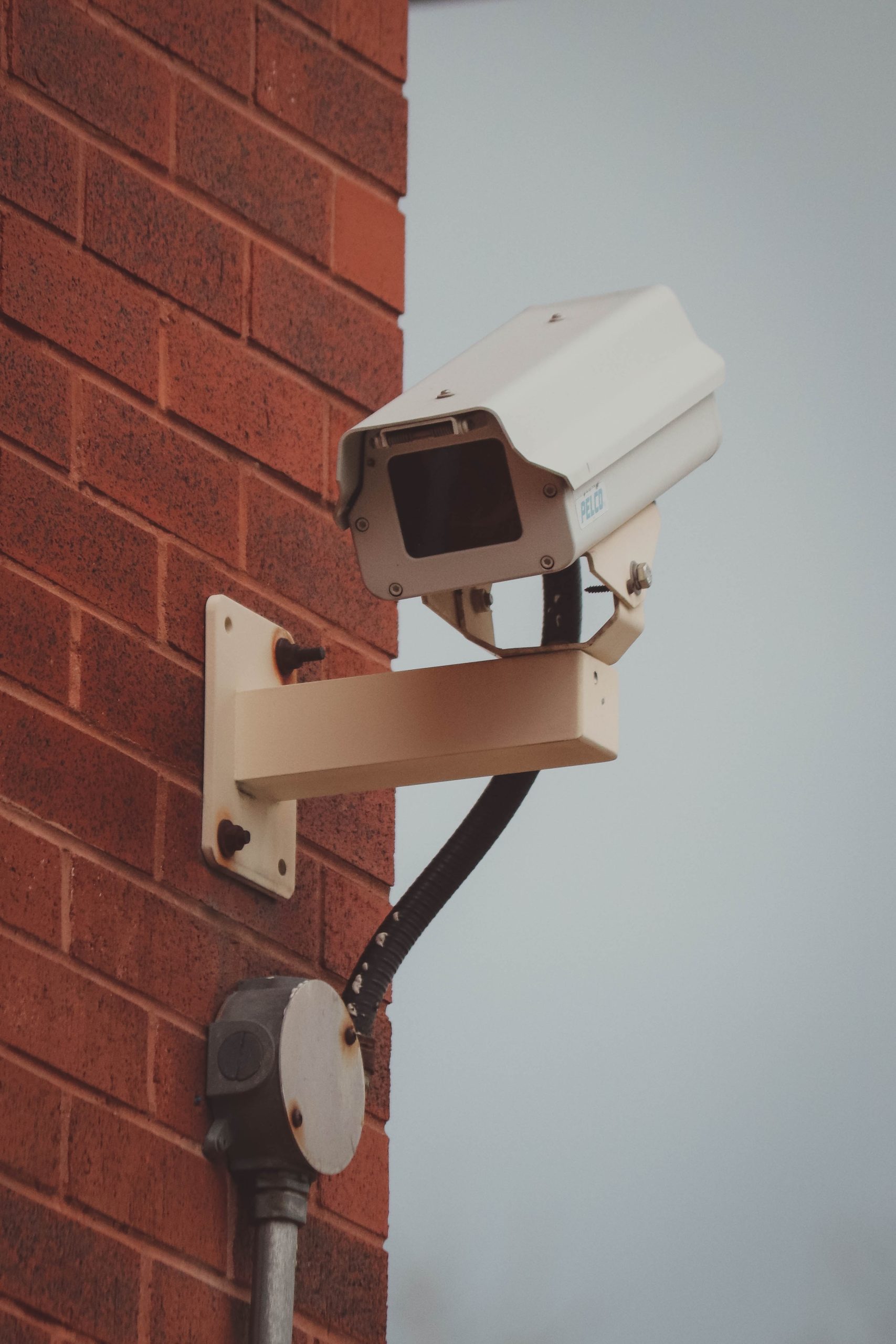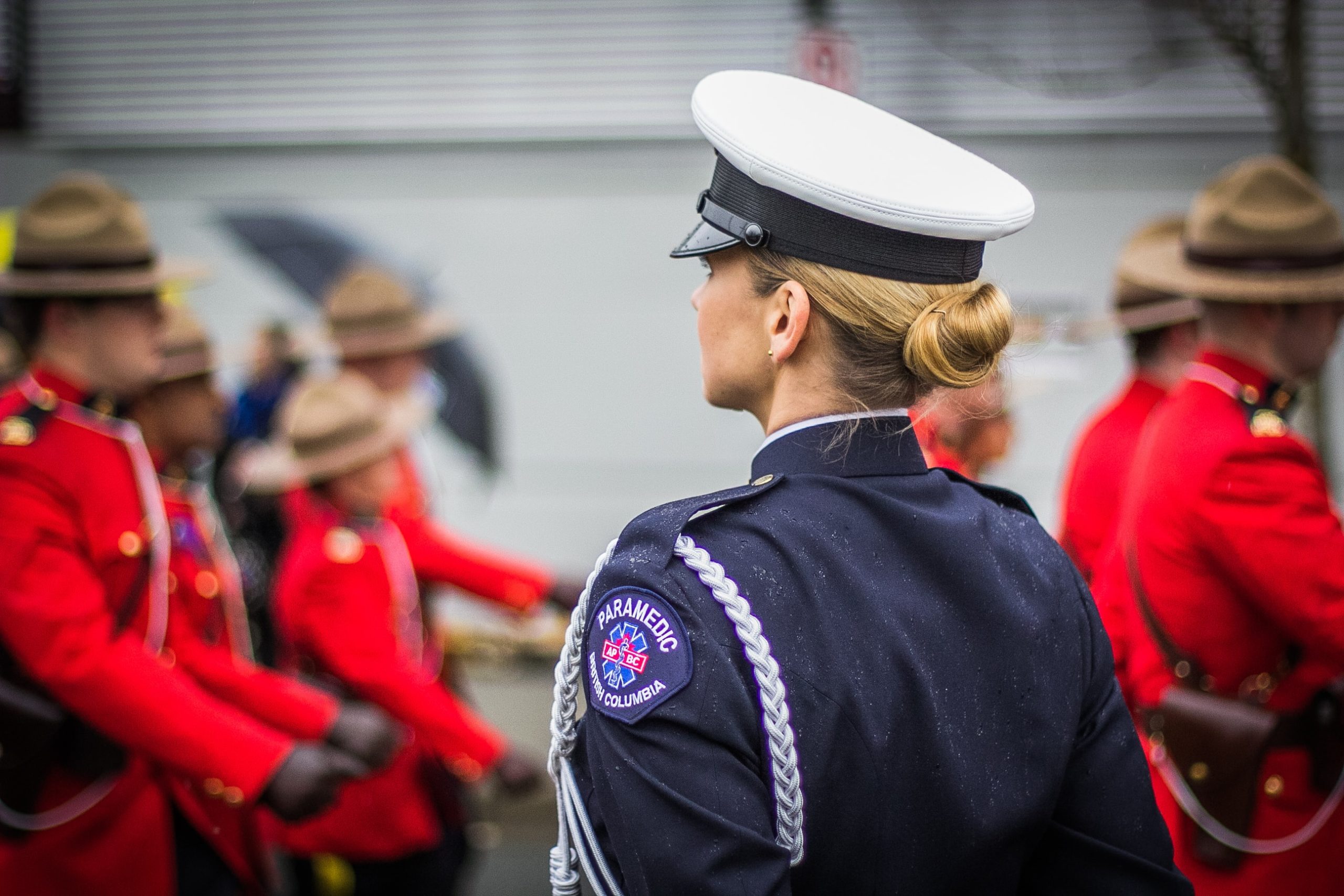142 Chapter One – Lesson Six
Chapter Essential Questions
- What should be included in community safety plans, and how are they implemented during emergencies?
- Should community members be informed about safety plans, and how?
- How can prevention be accomplished, and what types of incidents can be prevented?
- How does taking preventative measures enhance community safety?
- Why does partnering with local agencies like health clinics, police, and fire departments enhance community safety, and what can communities without these agencies do to secure their communities?
- What resources and funding are available to support First Nation communities for safety?
- What requirements can you implement in your community to establish more effective standards for safety?
- How is a safety proposal written?
Lesson 6: Keeping your Community Safe
Outcomes
By the end of this lesson, you should be able to:
-
- Explain how a local police department or RCMP can be a preventative measure for safety and security in the community;
- Describe the kinds of events that a police officer would respond to;
- Describe the role of a police officer in a First Nation community;
- Explain what a community safety officer is and how they can partner with local police for community security;
- Describe the community safety officer responsibilities in the event of an emergency;
- Evaluate a case study for communities that currently have a community safety officer;
- Identify the necessary training/certification for a community safety officer to hold.
Working with your local police or law enforcement
The presence of a local police department or RCMP can play a crucial role in promoting safety and security in the community. The police engage in various functions and activities aimed at reducing crime, protecting the public, and enhancing the overall quality of life. For example, community policing involves working with the community to identify and solve problems, build trust, and prevent crime. This can include initiatives such as neighborhood watch, crime prevention education, and community consultation.
Serious and organized crime is a top priority for the RCMP, as these groups pose a significant threat to Canadians’ safety and security. The RCMP uses an integrated approach to disrupt and dismantle such groups, which are involved in activities such as drug trafficking, human trafficking, fraud, and cybercrime. National security is another priority, with the RCMP investigating and preventing threats such as terrorism and foreign interference. The RCMP also focuses on supporting programs that address the root causes of delinquency, such as poverty, substance abuse, mental health issues, family violence, and peer pressure, to reduce youth involvement in crime.
The RCMP recognizes the unique challenges and opportunities faced by Indigenous communities in relation to safety and security. They provide policing services that respect the culture, traditions, and rights of Indigenous people across Canada. The RCMP also supports initiatives that address the issues of missing and murdered Indigenous women and girls, Indigenous overrepresentation in the criminal justice system, and Indigenous youth empowerment. Economic integrity is also a vital aspect as economic crimes can undermine the stability and prosperity of Canada. The RCMP investigates and enforces offences that affect the integrity of the Canadian economy, such as corruption, fraud against the government, tax evasion, and environmental crimes, while providing advice and assistance to businesses and organizations on how to prevent and detect such crimes.

What types of events do the police respond to in the community?
The Police have a duty to ensure the safety of Canadians and enforce the law. Their responsibilities are divided into three primary categories: crime prevention, investigations, and emergency response.
Crime Prevention – To prevent crime, law enforcement officers conduct regular patrols, utilizing vehicles, bikes, horses, and foot patrols to monitor public areas, homes, and businesses. They work with organizations such as Neighbourhood Watch and Block Parents and ensure public safety by enforcing speed limits and other laws. Additionally, they attend protests and special events to maintain crowd control and ensure safety.
Investigations – To uphold the law, the Police carry out investigations into various crimes, including theft, kidnapping, murder, fraud, commercial scams, and terrorism. These investigations involve gathering evidence and conducting surveillance, interviewing witnesses, writing reports, and testifying in court.
Emergency Response – The Police also respond to emergencies, including crimes, accidents, and natural disasters. They provide emergency medical aid to victims, make arrests, control the movement of traffic, and call for specialist officers in cases that require greater expertise, such as situations involving hostage-taking, disarming people with weapons, or dealing with bomb threats.
Police Entities and Jurisdiction – The primary agencies that provide policing in Canada are the RCMP and municipal police forces. The RCMP generally enforces federal laws and provides policing services across the country, except in Ontario and Quebec. Municipal police forces operate within cities and large towns and are governed through police boards or municipal councils.
Federal Police: RCMP – The RCMP is Canada’s largest police force, charged with enforcing federal laws, investigating organized crime, protecting national security, and ensuring the safety of state officials and foreign dignitaries. It also provides policing services under contract to provinces and territories and more than 150 municipalities and 600 Indigenous communities.
Provincial Police – Provincial police forces exist only in Ontario, Quebec, and Newfoundland and Labrador. In other provinces and territories, the RCMP provides policing services to areas without municipal police forces.
Municipal Police – Municipal police forces operate in most cities and many large towns across Canada. Provinces delegate responsibility for policing to municipalities through Police Acts and provide funding and supervision. Police boards oversee municipal police operations, and provinces can penalize municipalities for not meeting standards.

First Nations Policing Program (FNPP)
The First Nations Policing Program (FNPP) governs First Nations policing. To establish policing agreements, First Nations negotiate with the federal government and provincial or territorial government. These agreements can involve self-administered police services or the use of provincial or federal services. Over 600 Indigenous communities are serviced by the RCMP.
36 First Nations self-administered police services were in operation in 2018. Among them were the Manitoba First Nations Police, Stl’atl’imx Tribal Police Service, File Hills First Nations Police Service, Blood Tribe Police Service, Lakeshore Regional Police Service, and Tsuut’ina Nation Police Service in the western region of Canada. There are also many First Nations police services located in central Canada, including the Six Nations Police Service, Anishinabek Police Service, Kahnawá:ke Peacekeepers, Abenaki Police Force, and Timiskaming Police Force. The Canadian Encyclopedia provides additional information on policing in Canada.
Community Safety Officer (CSO)
A Community Safety Officer (CSO) is a professional hired by a local municipality or First Nation to carry out enforcement services with a low risk of harm to the public. Their primary objective is to decrease crime and disorder within their designated area by organizing projects and responding to ongoing issues in the community. As Special Constables, CSOs are authorized to enforce specific provincial statutes, attend scenes of minor property offenses, collect relevant information, and liaise with the responsible police agency. They may also collaborate with local schools and community groups to ensure the safety of the public. The schedule and deployment of CSOs typically fall under the jurisdiction of their employers, just like other employees of municipalities and First Nations. Public safety officers perform similar duties, such as providing assistance to local entities, enforcing laws at various facilities, and delivering emergency services and law enforcement.
Roles and Responsibilities of a Safety Officer
Their main responsibilities in emergency situations include:
1. Rapidly responding to emergencies: Community safety officers are trained to respond quickly and efficiently to emergencies to manage the situation before escalating it further.
2. Providing first aid support: In the event of an emergency, community safety officers are responsible for providing first aid support to the affected individuals to ensure the survival of the victims.
3. Managing and coordinating resources: They arrange resources available in the community to ensure that the required resources are present during emergencies.
4. Monitoring the situation: They keep an eye on the situation during the emergency to assess the severity of the emergency and assess potential dangers to public health and safety.
5. Communicating with the hazardous materials team: Community safety officers may communicate with the hazardous materials team to coordinate their responses in the event of chemical emergencies.
6. Providing support to emergency responders: in case of a large-scale emergency that requires additional emergency personnel, community safety officers may be responsible for managing and providing on-scene support to the additional responders.
In summary, community safety officers are responsible for ensuring the safety of the public in emergencies and coordinating resources to respond quickly and effectively.

Requirements of a Safety Officer
The necessary training and certification for a community safety officer may vary depending on the jurisdiction and specific duties of the position. However, some possible certifications and trainings may include:
1. Basic law enforcement training: This typically includes training on criminal law, patrol procedures, use of force, investigations, and ethics.
2. Emergency medical training: Depending on the duties of the position, a community safety officer may need to be trained in first aid and CPR.
3. Community policing and community engagement: Community safety officers need to be trained in effective communication, conflict resolution, and problem-solving techniques to engage with the community and build positive relationships.
4. Crisis intervention training: Community safety officers may encounter individuals in crisis situations, and therefore may need to be trained in de-escalation and crisis intervention techniques.
5. Mental health training: Related to crisis intervention, community safety officers may need to be trained in identifying and responding to individuals with mental health issues.
6. State-specific certification: Some states require community safety officers to be certified or licensed, which often involves completing a prescribed course of training and passing an exam.
7. Driver’s Education and training: Some community safety officers may be required to drive patrol vehicles, so they must undergo training on safe driving practices and the laws related to vehicle operation.
Evaluate the Case Study
In 2018, the Ontario Government required all municipalities to create a Community Safety and Well-Being Plan that involved multiple sectors. To comply, the City of Windsor and the County of Essex collaborated on a plan that emphasized community involvement. This approach focused on investigating the underlying factors of inequality that impacted community safety. The plan consisted of eight goals divided into four domains of work and outlined activities with measurable targets to be tracked in the short, medium, and long term.
Click on the link to examine the case study.
Journal Prompt
Using the forum labelled “Course 12: Lesson 6,” make a journal entry responding to the prompt below. Ensure that you title the entry “Lesson 6”. After writing a journal entry, go and make a comment on two other posts from your classmates. It can be about anything you noticed, liked, agreed with etc. The idea is to continue the dialogue about the topic.
Prompt: For this journal response use the case study above, and share your two key takeaways and how they could be used in your own community.
*View the journal entry and journal comment rubric to see how they will be marked.
| Criteria | Exemplary 4 |
Accomplished 3 |
Developing 2 |
Beginning 1 |
| Purpose | Strong voice and tone that clearly addresses the purpose for writing. | Appropriate voice and tone. The purpose is largely clear. | Attempts to use personal voice and tone. Somewhat addresses the intended purpose. | Demonstrates limited awareness of use of voice and tone. Limited evidence of intended purpose. |
| Understanding | Many interesting, specific facts and ideas are included. | Many facts and ideas are included. | Some facts and ideas are included. | Few facts and ideas are included. |
| Conventions | All grammar and spelling is correct. | Only one or two grammar and spelling errors. | A few grammar and spelling errors. | Many grammar and spelling errors. |
| Reply | Made two significant contributions to the online forum. Highly supportive of others. | Made one contribution to the online forum. Supported group members. | Attempted to contribute to online forum but was vague and unclear in the writing. | Minimally involved. Offered limited support to online group members. |
Reference
Communities, V. (n.d.-b). Case study: Windsor-Essex’s Community Safety and well-being plan: An engaged community. CASE STUDY | Windsor-Essex’s Community Safety and Well-Being Plan: An Engaged Community. https://www.tamarackcommunity.ca/library/case-study-windsor-essex-s-community-safety-and-well-being-plan-an-engaged-community
